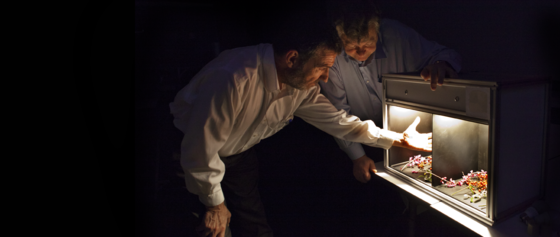
The evaluation of the color rendering performance of electric lighting sources has become a controversial issue, especially in California, where high color fidelity requirements were recently unanimously approved by the California Energy Commission for the next version of energy efficiency requirements for new buildings and major retrofits (Title 24) and light sources (Title 20). Opponents of the new version of the California energy codes have claimed that the new requirements will result in increased energy consumption and higher cost. Further, they have claimed that color fidelity metrics are not valid and m ay limit the use of what are called saturation-enhancing lamps.
The CLTC research conducted in partnership with Lorne Whitehead of the University of British Columbia shows that the worry about increased energy consumption and costs can be readily resolved, and focuses on the argument concerning the phenomenon of "color preference".
This research is published in the April 2016 issue of the LD+A magazine.
